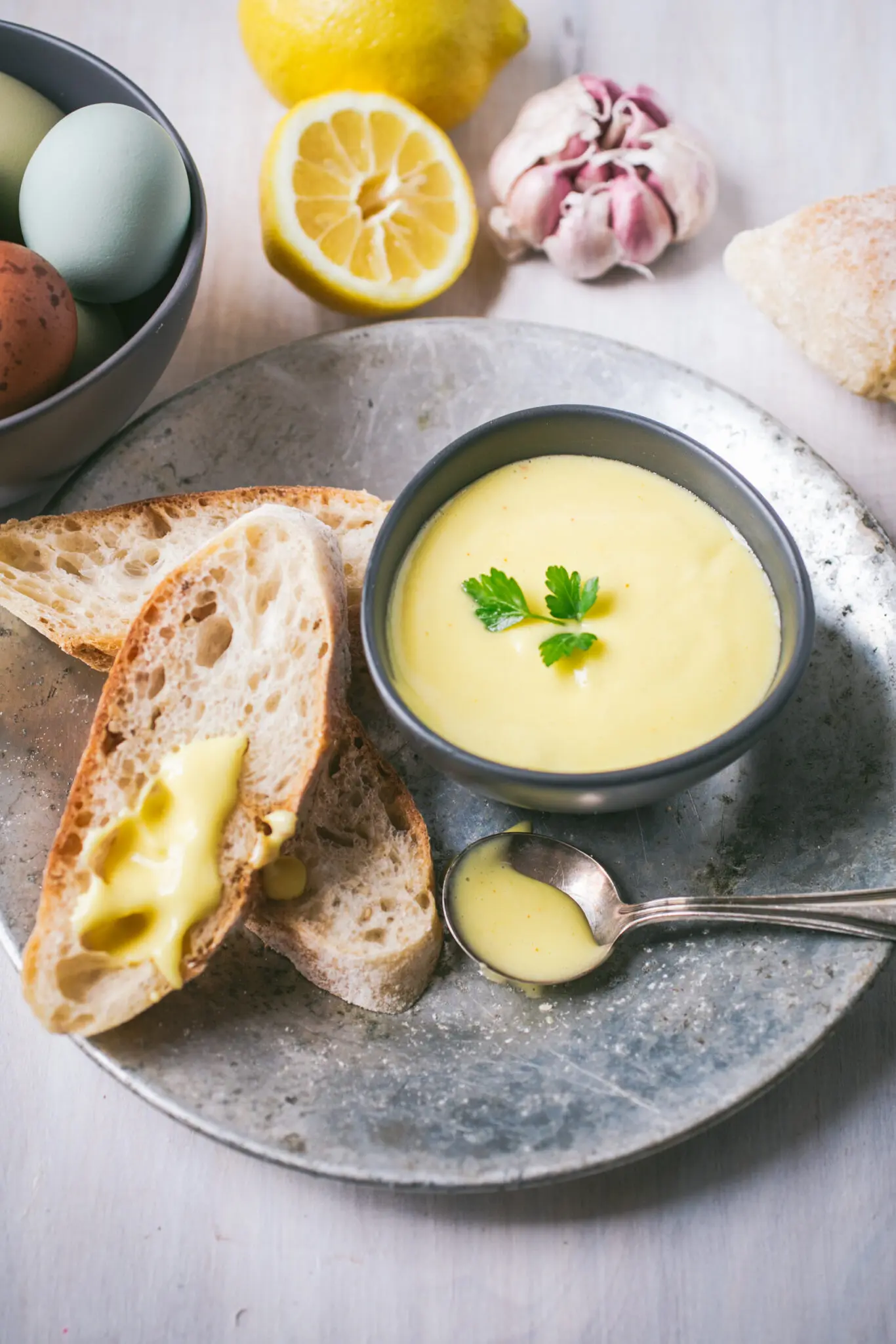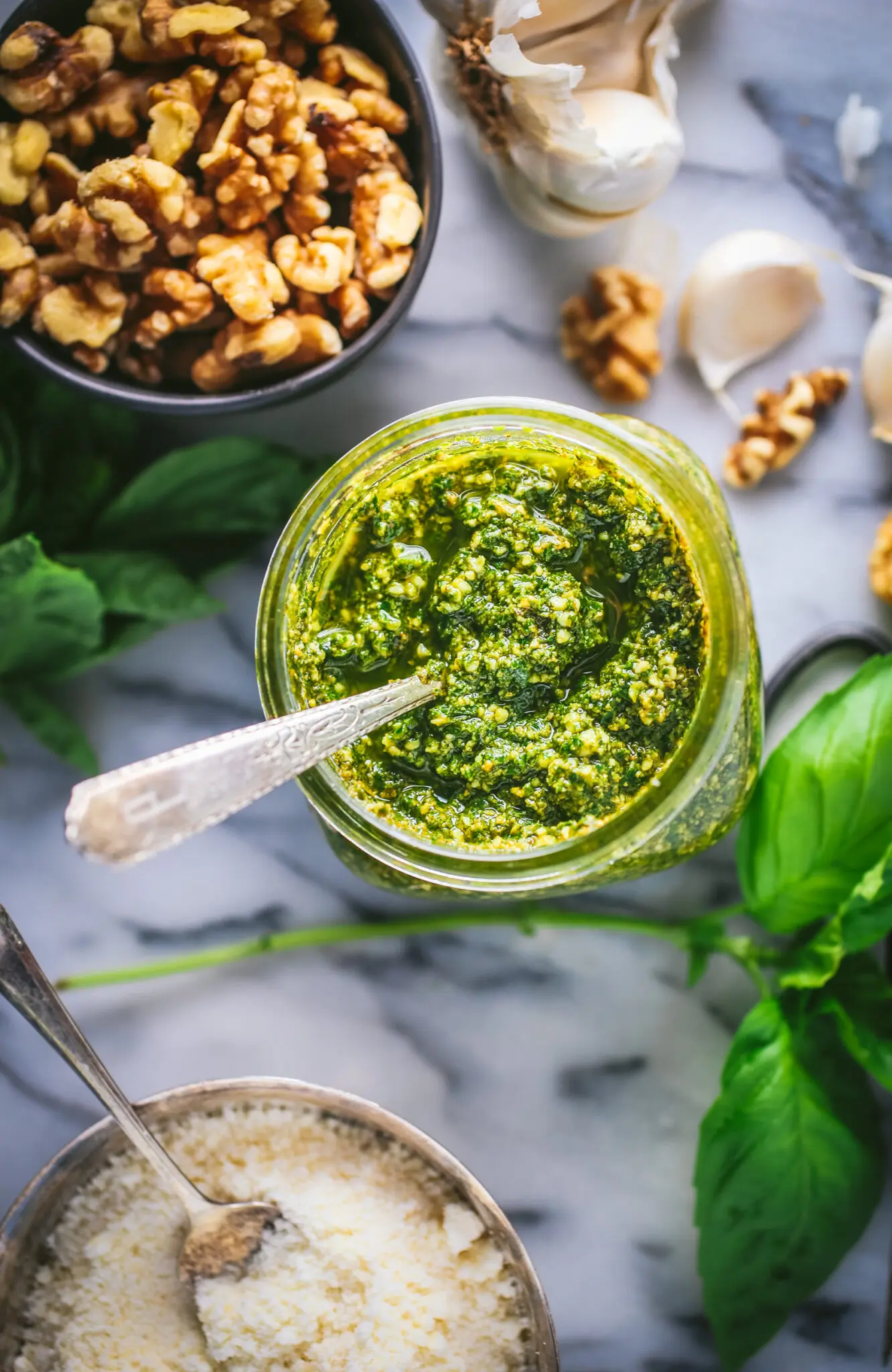Skip to content

Spinach, Artichoke and Chicken Hand Pies
Read More

Ultra-Smooth Hummus with Miso and Charred Scallions
Read More

Pretzel Pigs in a Blanket with Cheddar-Stout Dip
Read More

Extra Crispy Chilaquiles with Salsa Verde, Chorizo and Egg
Read More

Chorizo Quesadillas With Radish and Fennel Salsa
Read More

Creamy, Homemade Aïoli (Garlicky, Lemony Mayonnaise)
Read More

Basil Pesto with Walnuts and Pecorino
Read More

Spicy Chili-garlic Chicken Skewers with Avocado-Cilantro Sauce
Read More

Chicken Liver Pâté with Thyme and Brandy
Read More